Recently I made a set of five, real stained glass window panels for a handmade wooden front door that was destined for a house renovation. The client wanted them encapsulated.
What is stained glass encapsulation?
So what is stained glass encapsulation? Essentially, it is stained glass ‘triple glazing’, where a panel of real, traditionally-made stained glass is sandwiched in the middle of a modern, double glazed sealed unit.
What are the benefits of stained glass encapsulation?
What are the benefits of stained glass encapsulation? Stained glass encapsulation can be used for windows in new builds and modern homes, as the toughened glass double glazed units meet the latest building regulations for safety and heat retention. The double glazed unit also protects the stained glass against damage.
Encapsulation is a great way to incorporate beautiful, traditionally-made stained glass into a contemporary home. The design can be modern or abstract, traditional or bespoke. The unique textures and colours of real stained glass pieces, that are individually cut and secured in lead cames, simply cannot be replicated with the stick-on coloured film alternatives that are offered today. Stained glass encapsulation is a good example of how the ancient skills of stained glass window making can be kept alive in the most up-to-date homes being built today.
In this case, the clients selected a traditional stained glass design I had made for another house. However, they wanted a strong, red border around the edge of the design, to match an existing upstairs front window on the landing. The design was easily adapted to provide a red border. I selected a red glass with a strong texture to provide added interest and complement the antique-style green and blue glasses used in the centre.
I hand-built the new stained glass windows in the usual way, but used a Y-profile lead around the outside edge. This secured the glass on one side and provided a thin ‘fin’ of lead on the other. This fin would be sandwiched into the edge of the double glazed unit later.
Once all the stained glass windows were built and sealed, they were left for two weeks, to ensure the filler was totally dry. I worked with a local company on the stained glass encapsulation.
This involved them cutting toughened glass sheets to the right dimensions to make a sealed unit around the stained glass. Silver-coloured spacer bars were added on each side of the fins, corner supports were added, and a rubbery, black sealant was applied around the sides of each unit to encase it.
The finished, encapsulated stained glass units were very strong and quite heavy, but the solid oak front door was built to accommodate them and had a generous depth. The beauty and texture that you can only get from using real, handmade, stained glass shines through.
Combining traditional skills with modern double glazing methods guarantees the best of both worlds. This front door with beautiful stained glass will last a long time and bring joy to its owners for years to come.
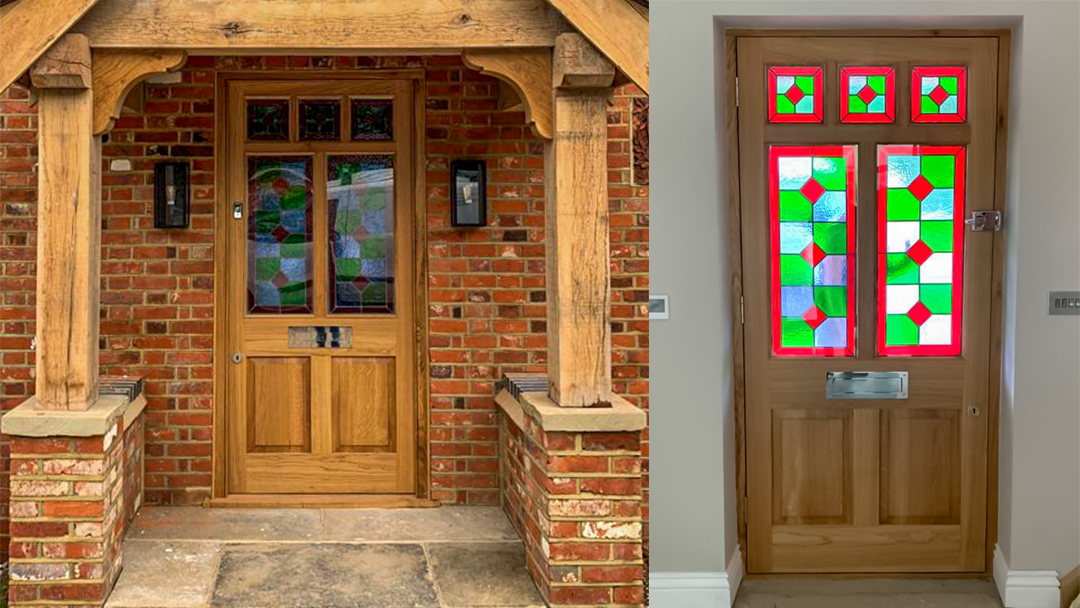
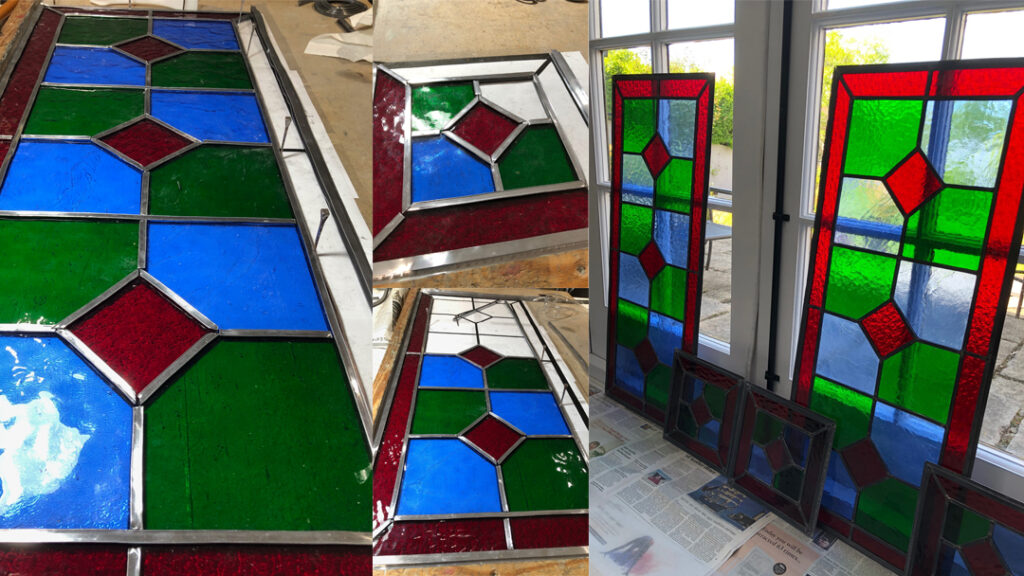
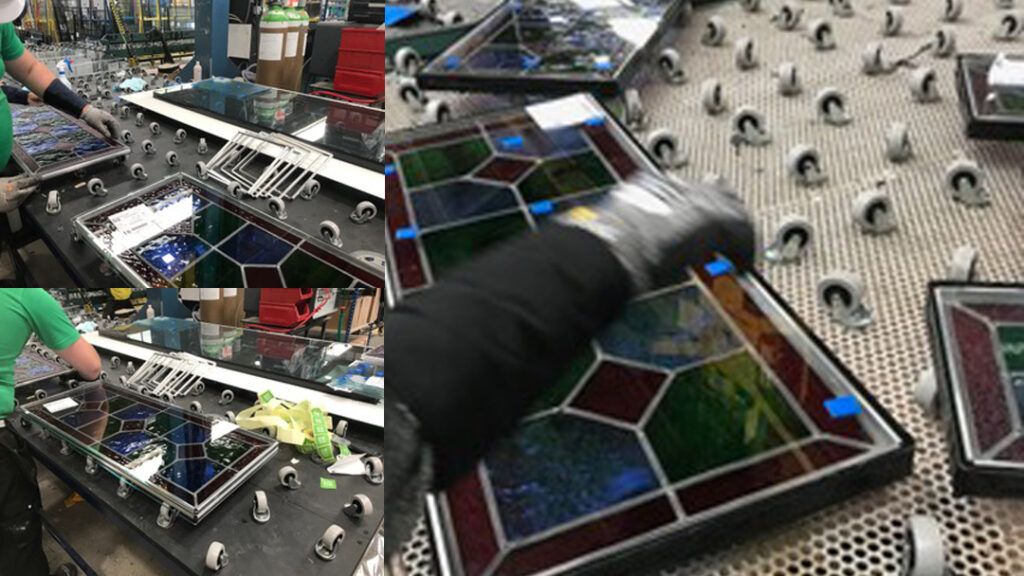





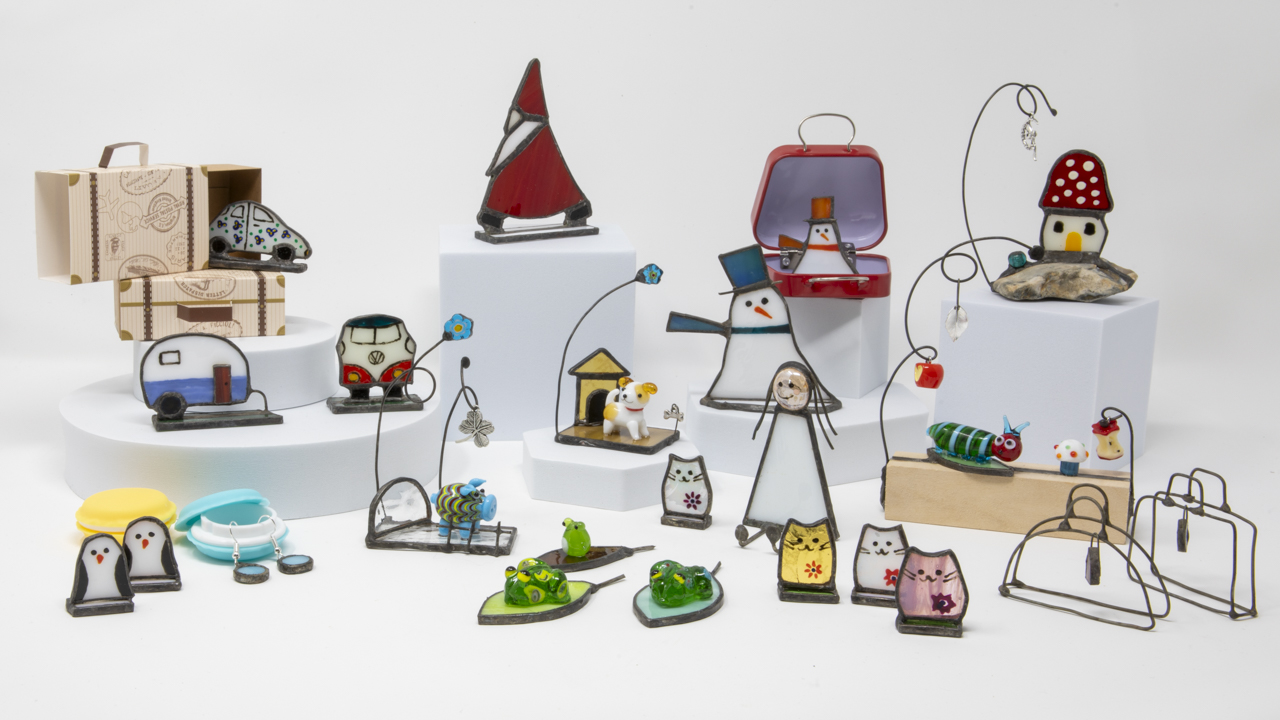
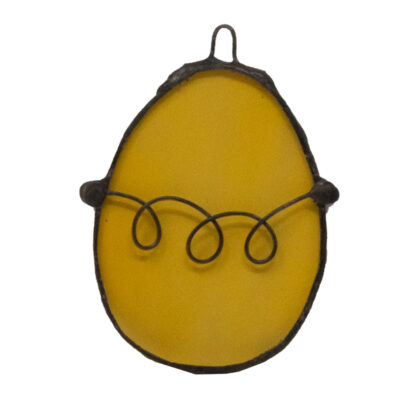

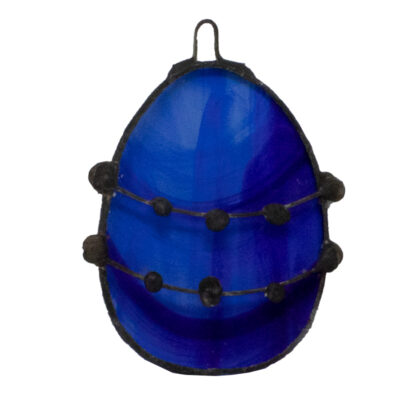
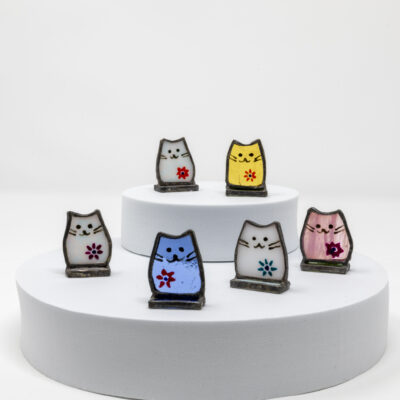
0 Comments